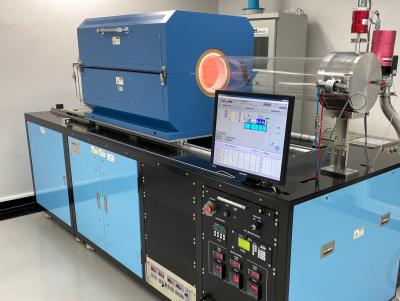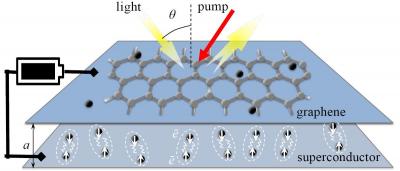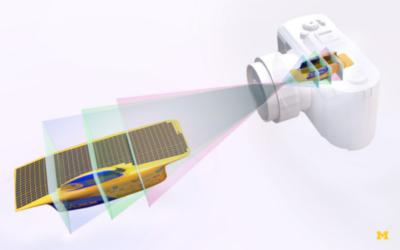New graphene-based material to increase recording density of data storage devices
An international group of Russian and Japanese scientists recently developed a graphene-based material that might significantly increase the recording density in data storage devices, such as SSDs and flash drives. Among the main advantages of the material is the absence of rewrite limit, which will allow implementing new devices for Big Data processes.
The development of compact and reliable memory devices is an increasing need. Today, traditional devices are devices in which information is transferred through electric current. The simplest example is a flash card or SSD. At the same time, users inevitably encounter problems: the file may not be recorded correctly, the computer may stop "seeing" the flash drive, and to record a large amount of information, rather massive devices are required.




